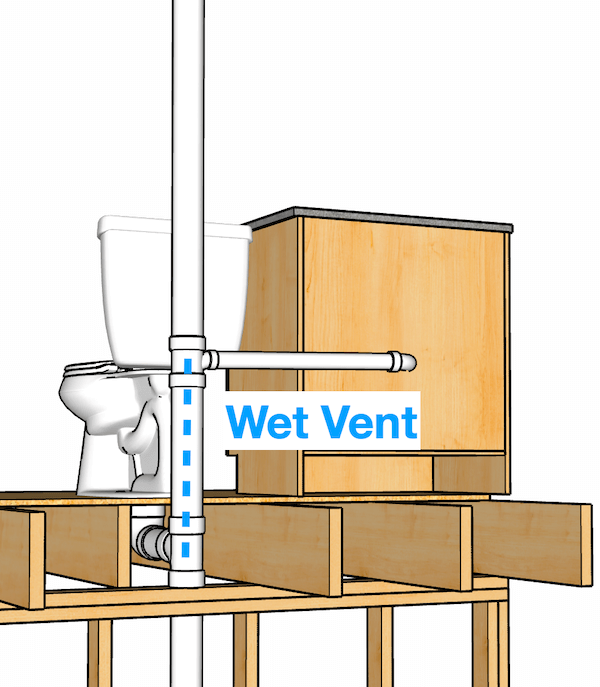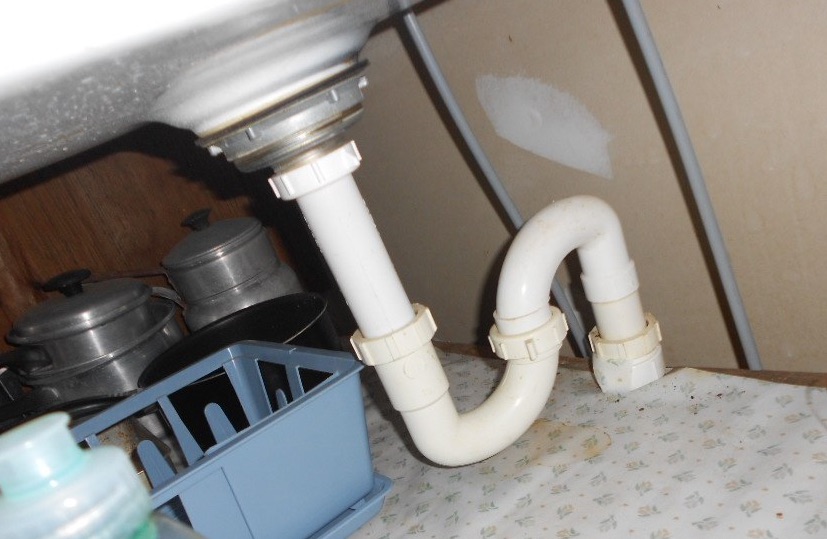The Value of Ventilation in Residential Plumbing Systems
The Value of Ventilation in Residential Plumbing Systems
Blog Article
Any individual maintains their own perception about What Are Plumbing Vents and Why Are They Important?.

Appropriate air flow in plumbing systems is frequently ignored, yet it is vital for keeping the capability and security of your home's pipes. Ventilation aids control atmospheric pressure, prevent the accumulation of dangerous gases, and ensure the efficient removal of waste. In this overview, we will certainly explore the value of appropriate pipes air flow, how it works, and the benefits it offers your pipes system.
How Air Flow Works in Pipes Solutions
Atmospheric Pressure Policy
Proper air flow keeps balanced air pressure within the plumbing system. When water moves through pipes, it displaces air. Without ample air flow, this displacement can develop unfavorable pressure, causing slow drains or siphoning of water from catches, which can create undesirable smells to permeate into the home.
Avoiding Sewer Gas Build-up
One of the most crucial features of plumbing vents is to stop drain gases, such as methane and hydrogen sulfide, from accumulating within the home. These gases can present serious wellness risks and are extremely combustible. Vent pipelines enable these gases to get away securely outdoors.
Assisting in Waste Elimination
Ventilation aids in the effective removal of wastewater by protecting against airlocks in the drainage system. When air can stream easily via the vents, it permits water and waste to flow smoothly via the pipes, decreasing the risk of obstructions and back-ups.
Advantages of Appropriate Air Flow
Improved System Effectiveness
Correctly ventilated pipes systems run more effectively, with fewer obstructions, faster draining, and less strain on the pipes. This effectiveness expands the lifespan of the plumbing system.
Improved Air Top Quality
By stopping sewage system gases from entering your home, appropriate ventilation contributes to far better indoor air quality, making your living setting healthier and more comfortable.
Avoiding Water Damages
Sufficient ventilation helps stop water from being siphoned out of traps, which can lead to drain gases getting in the home and creating water damages in time.
Steps to Ensure Appropriate Ventilation
Consulting Plumbing Codes
Always seek advice from regional plumbing codes when making or customizing your plumbing system. These codes provide the needed guidelines for correct venting and ensure your system satisfies safety criteria.
Routine Evaluation and Maintenance
Normal inspections can aid determine potential air flow concerns before they come to be significant issues. Upkeep jobs, such as cleaning up air vent pipelines and looking for clogs, are vital for keeping the system in good working order.
Specialist Setup
For brand-new installations or significant adjustments, it's important to work with a specialist plumbing technician. They have the experience to guarantee the ventilation system is appropriately developed and installed according to code.
Understanding Ventilation in Pipes
Ventilation in pipes refers to the network of pipes that permit air to move through the drain system. These vents offer multiple purposes, consisting of controling air pressure within the pipes, avoiding sewage system gases from going into the home, and aiding in the smooth flow of wastewater.
Sorts Of Plumbing Vents
Key Heap Vent
The major pile air vent, additionally called the air vent pile, is the main air vent in a plumbing system. It prolongs from the main drain align via the roof covering, allowing gases to escape and fresh air to go into the system.
Branch Vent
Branch vents attach to the primary stack air vent and offer individual components, such as sinks, commodes, and showers. These vents make sure that each fixture has ample air flow to function appropriately.
Air Admission Shutoff (AAV).
An Air Admittance Shutoff (AAV) is a one-way valve that permits air to go into the pipes system without the demand for a standard vent pipeline extending via the roof. AAVs are generally used in renovations or locations where setting up a typical vent is impractical.
Indications of Poor Air Flow in Pipes.
Slow Draining Fixtures.
If your sinks, tubs, or bathrooms are draining pipes gradually, maybe an indication of inadequate ventilation. Poor air circulation can produce a vacuum impact, making it challenging for water to drain pipes properly.
Gurgling Appears.
Gurgling sounds originating from drains are typically an outcome of air being sucked with water traps because of adverse pressure in the pipelines. This is a clear indication of inadequate air flow.
Undesirable Odors.
Sewage system odors inside your home are a red flag that your pipes system is not effectively aerated. This can indicate that drain gases are not being sufficiently aired vent outside, causing possibly dangerous conditions.
Usual Ventilation Errors.
Inadequate Vent Sizing.
Utilizing small vent pipelines can lead to inadequate air flow and pressure imbalances in the system. It's essential to use vents that satisfy the details requirements of your plumbing system.
Improper Vent Positioning.
Positioning vents also far from the components they serve can lower their efficiency. Correct positioning ensures that air can flow freely and successfully with the system.
Ignoring Code Demands.
Building regulations supply certain guidelines for plumbing ventilation. Overlooking these codes can cause a system that falls short to work correctly and may bring about pricey fixings or carcinogen.
Verdict.
Proper air flow is a vital component of any plumbing system, guaranteeing that it operates effectively and securely. By understanding the significance of ventilation, acknowledging the indications of poor ventilation, and taking steps to keep your system, you can avoid expensive concerns and secure your home's air quality.
What is a Plumbing Vent and it's used for?All plumbing systems in residential and commercials construction have a plumbing vent. It doesn’t just vent unwanted odors from the drainage system to the outside; it actually serves an important purpose by supplying air to the system.
The plumbing drainage system is actually called a drainage, waste and vent (DWV) system. When water flows down the piping, an air supply (vent) is needed to allow the water to flow. Think of the vertical pipe as a drinking straw. If you plug the top end of a straw, liquid won’t drain from it.
The DWV system in your building consists of a series of pipes connected to each fixture; they extend above each fixture, and the system terminates at an open pipe that extends through the roof. This piping allows air into the system and prevents unbalanced pressures in the piping.
?The vent also prevents the system from drawing water out of a trap at the fixture with the characteristic “glug-glug-glug” as the drain gasps for air. Plumbing traps should drain smoothly and never “glug” or gasp for air.
If you have a drain that empties slowly or gurgles as it drains, this may indicate a venting problem. If you flush a toilet and the sink gurgles, there’s definitely a vent problem. It is good idea to have a Plumber check this.
https://www.ameliashomeinspection.com/blog/what-is-a-plumbing-vent-and-its-used-for

I hope you liked our topic about Essential Plumbing Vent Pipes: Understanding Their Role. Thank you so much for taking time to browse our piece of content. Are you aware of somebody who is intrigued by the subject? Please feel free to promote it. Thank you so much for going through it.
Call Today Report this page